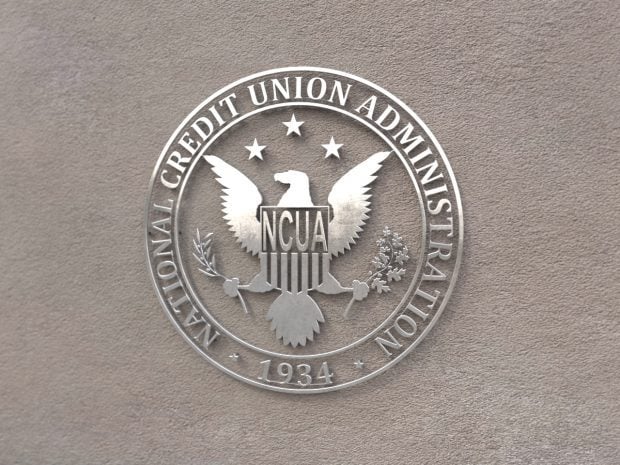Economist says credit card delinquency rates have now topped levels of the Great Recession.
Results for the first quarter show credit unions remain in sound financial condition, but rising delinquency rates are a top concern, NCUA officials said Wednesday.
Also, credit unions charged off a net $12.9 billion in loans in the three months ending March 31, up 63% from a year earlier and up 36% from the fourth quarter.
That translates into a net charge-off ratio of 0.80% for the first quarter, up from 0.52% a year earlier and 0.61% in the fourth quarter.
NCUA Deputy Chief Economist Rachel Cononi said rising delinquencies have become the biggest concern of agency officials, especially the delinquency rate on credit cards, which has now exceeded rates during the Great Recession.
NCUA data released Wednesday showed 0.78% of the balance of all types of loans was at least 60 days late as of March 31, up from 0.53% a year earlier, but down from 0.83% on Dec. 31.
While the overall delinquency rate fell 5 basis points from Dec. 31, Cononi said the main reason was the seasonal winter boost in savings and loan payoffs as households get tax refunds.
Without the background financial struggles among households, she estimated the delinquency rate would have retreated about twice as much over the three months.
Delinquency rates by loan type on March 31 were:
- 2.02% for credit cards, up from 1.48% a year earlier and down from 2.11% on Dec. 31.
- 0.79% for auto loans, up from 0.58% a year earlier and 0.90% on Dec. 31.
- 0.47% for first mortgages, up from 0.29% a year earlier and 0.56% on Dec. 31.
The 4,572 federally insured credit unions had $1.60 trillion in loans on March 31, up 4.6% from a year earlier, but down 0.1% from Dec. 31. Deposits were $1.93 trillion, up 2.4% from a year earlier and up 2.8% from Dec. 31.
Cononi said most of the growth in savings is coming from share certificates, which were up 43% from a year earlier.
Still, she said credit unions are financially sound with a net worth ratio of 10.62%, up from 10.478% a year earlier. As CU Times previously reported, annualized returns on average assets were 0.66% in the first quarter, down from 1.05% a year earlier, but up from 0.48% in the fourth quarter.
For the first time, NCUA data revealed the amounts of overdraft and non-sufficient fund (NSF) fees collected by credit unions with at least $1 billion in assets. The data showed 433 of the 443 credit unions charged $915.6 million in overdraft and NSF fees in the first quarter, or about 18% of non-interest income.
Ten credit unions with more than $1 billion in assets did not charge overdraft or NSF fees.
On Wednesday, Board member Tanya Outsuka said overdraft and non-sufficient funds fees need to be disclosed because they can impact credit unions, the credit union system and credit union member-owners, many of whom are of modest means.
 Tanya Outsuka
Tanya Outsuka
"NCUA needs to make sure the fees are not extractive, reasonable and beneficial to members," she said. "The most vulnerable members are paying the bulk of the fees."
 NCUA official seal. Credit/NCUA
NCUA official seal. Credit/NCUA
Comments
Post a Comment
Please no profanity or political comments.